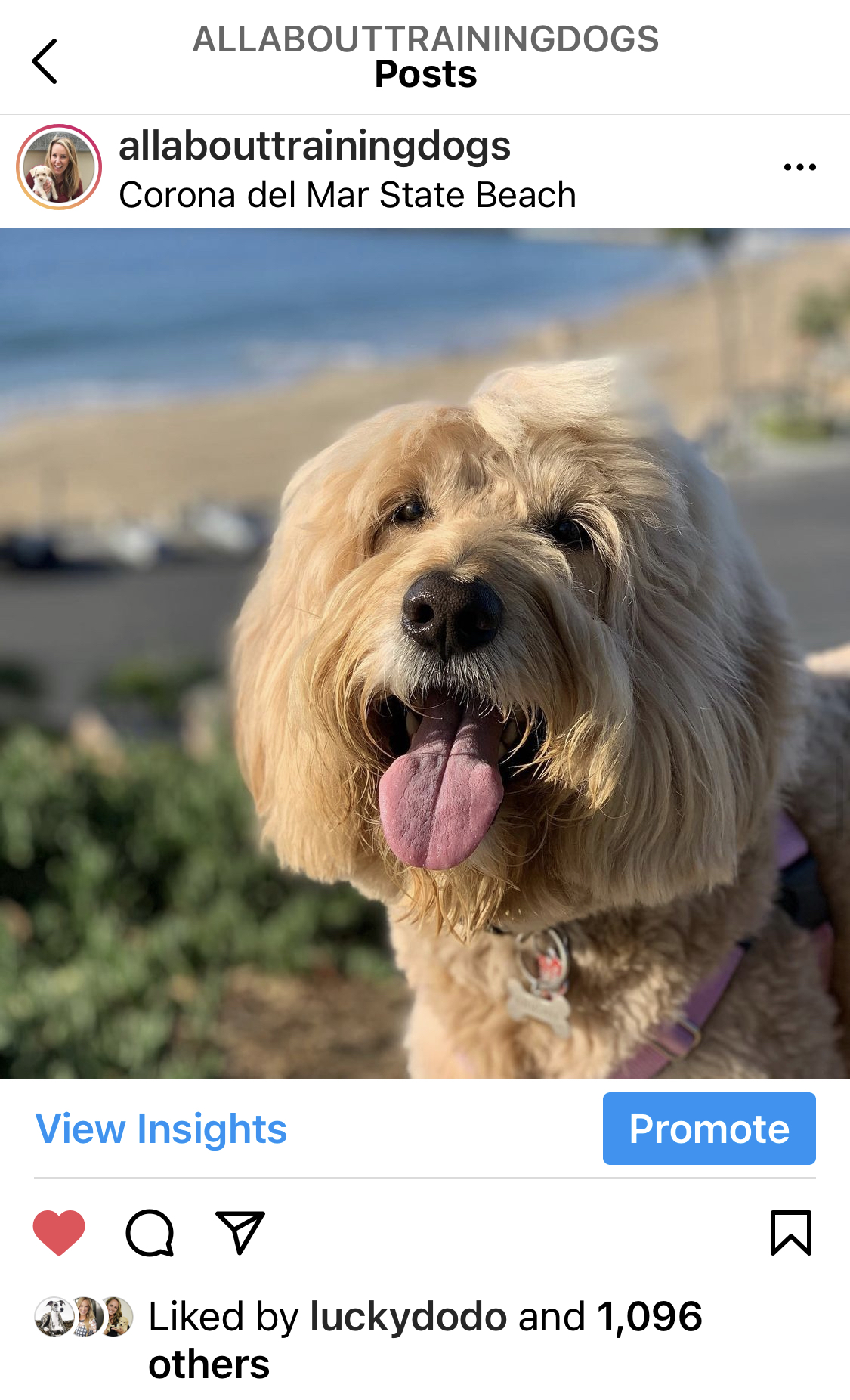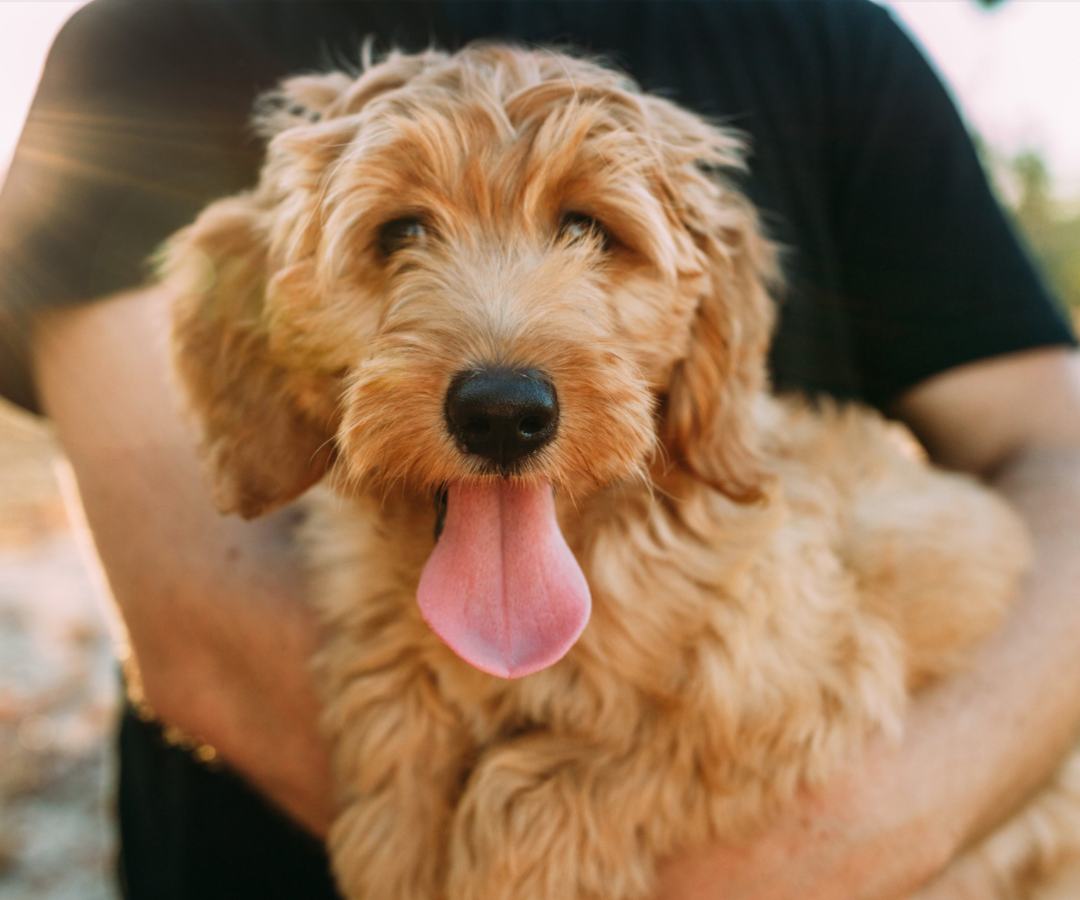[Episode 33]
6 Ways to Help Your Reactive or Leash Aggressive Dog Barking
Before you can change your dog’s behavior, you need to stop doing things that make it worse.
Today you’re going to learn 6 Ways to Help Your Reactive or Leash Aggressive Dog before you start training.
Having a reactive and leash aggressive dog is one of the most difficult challenges dog owners face. And unfortunately, Most dog owners struggling with their leash aggressive or reactive dogs make things worse for themselves. And unfortunately, they can make their problem worse. Reactivity and leash aggression is one of the most common and confusing problems that dog owners face. Today you’re going to learn what will help you along the road of teaching your dog to be calm around his triggers.
Both of my dogs, Sadie and Robe were reactive.
Every time they saw a dog during our walk, they would bark and lunge. It was extremely difficult, embarrassing, and frustrating to walk them.
- Sadie was so bad that she would redirect.
- Sadie’s reactivity is caused by excitement
- Robi’s reactivity is caused by fear
Most dog trainers told me to “correct” them, be calm-assertive (whatever that means), or use a shock collar. Twelve years ago there wasn’t a lot of information on reactivity like there is now. I had to figure out how to help my dog to be calm. Luckily, I didn’t give up and now I love walking my dogs.
What is reactivity?
Reactivity is when your dog overreacts to something in the environment. That overreaction is when your dog will bark and lunge at another dog, person, bike, etc. Most of the time reactivity occurs when your dog is on a leash.
And anytime you solve any problem with your dog, you want to look at the cause of the problem. One of the biggest mistakes dog owners make is focusing on the symptoms and addressing the symptoms which doesn’t work. The symptoms of reactivity would be lunging and barking.
A lot of people will Google. How do I get my dog to stop barking? But barking is the symptom of a bigger problem. And what happens when you only address a symptom and not the cause? Another symptom will appear.
Unfortunately, there are a lot of uneducated dog trainers out there that will recommend shock collars, prong, collars, or choke chains to deal with reactivity. But these only address the symptom. In fact, they make the symptoms and the cause of the problem worse.
Reactivity has 2 different causes
The first cause is excitement. What happens is your dog is excited to see another dog. Maybe he’s a puppy at the time, he starts to pull on the leash to get closer to the other dog over time. That excitement turns to frustration because your dog is on the leash and he can’t get to the other dog. Even if you let him greet the other dog, the frustration can build and get worse.
The frustration of not being able to get to the dog immediately can then turn into aggression.
It’s important to note that not all reactive dogs are aggressive, even though the dog may look aggressive because they’re barking and lunging.
The second and most common cause of reactivity and leash aggression is fear. Your dog is afraid of that other dog. And so he is barking and lunging at him to tell him to go away. Reactivity is what we call a distance-increasing behavior. Your dog wants more distance from whatever it is they’re worried about.
Counterconditioning and desensitization will teach your dog to be calm when he looks at dogs or people or whatever it is. He’s worried about whether he’s excited or whether he’s worried. This isn’t something you can quickly learn in a blog post, podcast, or video. You need to do the 6 steps below first, then build a foundation and trust with your dog before you can countercondition and desensitize your dog. The Barkaholics Program will walk you through all the steps and give you guided video lessons on exactly what to do. Learn more at www.allabouttrainingdogsonline.com
The treatment for reactivity and leash aggression is counter-condition and desensitizing those triggers whether it’s caused by excitement or fear.
There are 6 ways to help your reactive or leash aggressive dog before you start a training program.
- Avoid dogs/people –
Avoid seeing dogs or your dogs trigger, such as people, bikes, skateboarders, etc. Give him a dog vacation from his triggers. To do this you can walk your dog during times where he is less likely to see dogs. We call it the midnight walkers.
Now, initially, this might sound counterintuitive, right? If my dog is afraid of something, shouldn’t he get more exposure to it so that he knows there’s nothing to worry about? Fear doesn’t doesn’t work that way. I’m afraid of spiders and looking at a spider isn’t gonna make me less afraid, right? In fact, if I have to look at or get close to too many spiders, I’m going to lash out..aggressively. (This should be making sense now).
You need to teach your dog what you want him to do instead of lunging and barking and to do that you need to avoid his triggers first.
- Don’t use training collars like prongs, chokes or e-collars
Training collars only address the symptom of the problem, not the cause. When you change the cause of the problem, the symptoms go away. Additionally, research has shown that training collars increase fear and aggression in dogs. The American Veterinary Society of Animal Behavior recommends that you don’t use these training collars either. Read more here.
- Use interactive toys
Brain games will help boost your dog’s confidence because he’s learning to solve a problem – getting the food out of the puzzle toy. This will also help with barking in the house when your dog hears a dog or noise outside. Visit our Amazon Store to get our favorites.
- Build your dog’s confidence –
Jumping on a fire hydrant or pillar will not build your dog’s confidence. You know what will, learning to think for himself. A great way to do that is by using our Foundation Behaviors. These are in both The Dog Academy and the Barkaholics Program. These simple behaviors teach your dog to do something automatically, or when you haven’t asked.
- Cover windows
Barking out the window at every dog or person that walks by is the same as barking at a dog on a leash. The difference is the location. Keep your dog away from windows when you’re not home, or cover them.
- Walk your dog in a different neighborhood or at a park
There’s no rule that says you must walk in your neighborhood. The problem is that we get so connected to our own habits. Put your dog in your car and drive him to a local park. There’s a lot of room at the park, so most dogs will be at a distance. Also, your dog doesn’t have a history of seeing scary dogs. This will make it easier for you and your dog to enjoy your walk.
Is your reactive or leash aggressive? Let us know if this helped you. Find us on Instagram at @allabouttrainingdogs
Follow us on Instagram to see our daily training lessons.
You’ll learn a lot and get a dog that listens.


FREE MASTERCLASS
3 STEPS TO GET YOUR DOG TO LISTEN
Most struggling dog owners spend hours watching videos and reading blog posts that don’t address the cause of their problem. They waste time focusing on the symptoms and then think their dog is difficult or can’t change when they don’t see results. If you’re ready to finally see change, then sign up and watch this FREE Masterclass.


